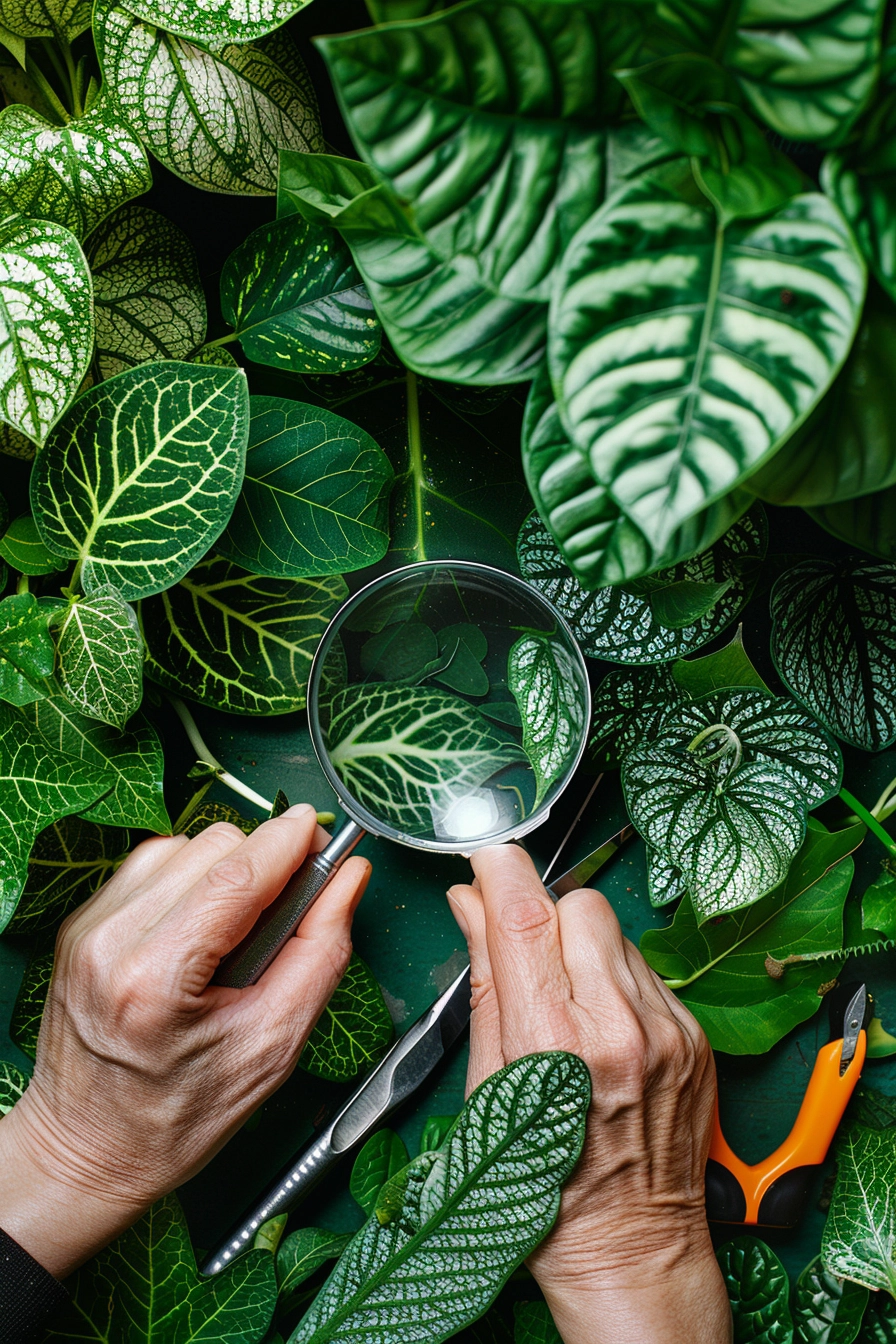Hello, fellow nature enthusiasts! Today, I want to take you on a journey through the mesmerizing world of plant leaves. As we delve into this topic, we’ll explore the fascinating characteristics, diversity, and types of plant leaves that grace our surroundings.
When it comes to tree morphology, leaves can be categorized as either simple or compound. Simple leaves are singular, attached to a twig by a stem or petiole, and can display a variety of intriguing features such as smooth, jagged, lobed, or parted margins. Familiar trees like maple, sycamore, and sweet gum boast simple leaf structures.
On the other hand, compound leaves consist of leaflets attached to a middle vein, each with their own stalks. There are three main types of compound leaves: pinnately, double pinnately, and palmately. Pinnately compound leaves have leaflets that sprout in pairs along the rachis, while double pinnately compound leaves exhibit leaflets arranged on secondary stems. Palmately compound leaves showcase leaflets radiating out from the center of attachment to the petiole. Prominent tree species like hickory, walnut, pecan, ash, box elder, and black locust display these diverse types of compound leaves.
Key Takeaways:
- Plant leaves can be classified as simple or compound.
- Simple leaves are attached to a twig by a stem or petiole and can have various margin structures.
- Compound leaves consist of leaflets attached to a middle vein, with three main types: pinnately, double pinnately, and palmately.
- Tree species like maple, sycamore, sweet gum, hickory, walnut, pecan, ash, box elder, and black locust showcase different types of plant leaves.
- The diversity of plant leaves adds to the beauty and splendor of our natural surroundings.
Understanding Leaf Changes and Troubleshooting
When it comes to houseplants, leaf changes can be a telltale sign of various issues or natural growth patterns. It’s important to pay attention to these leaf symptoms and address them promptly to ensure the health and vitality of your plants. Here are some common leaf symptoms to look out for:
- Expanding dark brown spots: These can indicate fungal diseases or bacterial infections.
- Concentric brown and yellow spots: These may be a sign of leaf spot diseases caused by fungi or bacteria.
- Tiny brownish speckling: This can be caused by spider mites or other tiny pests.
- Yellowing or browning tips and edges: This can result from underwatering, nutrient deficiencies, or environmental stress.
- Entire leaf turning yellow: This may be a natural aging process, or it can indicate nutrient deficiencies or overwatering.
- Large grey or bleached patches: These can be caused by intense light exposure or sunburn.
- Yellowish mottling all over: This can be a symptom of viral infections.
- Major leaf drop: This can occur due to overwatering, underwatering, or environmental changes.
Leaf disorders can be caused by a variety of factors. Some common culprits include:
- Watering issues (overwatering or underwatering)
- Rootbound plants
- Low or high humidity levels
- Leaf burn from intense light exposure
- Inconsistent temperature fluctuations
- Insect pests or mite infestations
- Root rot and other fungal or bacterial diseases
- Nutrient deficiencies
Proper identification of leaf symptoms and an understanding of their potential causes is essential for effective troubleshooting and addressing the issues that may be affecting your houseplant leaves. By taking prompt action and providing the necessary care, you can help your plants recover and thrive.

The Importance and Structure of Tree Leaves
Tree leaves are not just beautiful and vibrant; they are essential for the survival of plants and the planet. One of their key functions is photosynthesis, the process by which they convert sunlight into food and release oxygen. This vital process sustains the plant and contributes to the Earth’s oxygen balance.
To truly appreciate the importance of tree leaves, it’s beneficial to understand their structure. Leaf venation, the intricate network of veins, plays a crucial role in distributing water and nutrients throughout the plant. These veins act as transportation channels, ensuring that essential resources reach every part of the leaf.
In some trees, leaves take on a compound structure, comprising of leaflets. Leaflets are individual leaf-like structures that are capable of photosynthesis. They function as miniaturized versions of simple leaves, each with their own specialized cells for capturing sunlight and producing energy. This adaptation allows compound leaves to maximize photosynthetic efficiency.
Additionally, tree leaves have leaf buds, which serve as points of potential growth. During favorable conditions, these buds develop into new leaves, ensuring the plant’s continuous growth and vitality.
Tree leaves come in a wide range of sizes, from the large, fan-like leaves of the Raphia palm to the delicate, miniature leaves of the dwarf willow. Their remarkable adaptability is evident in their diverse shapes, sizes, and colors, allowing trees to thrive in different environments.


